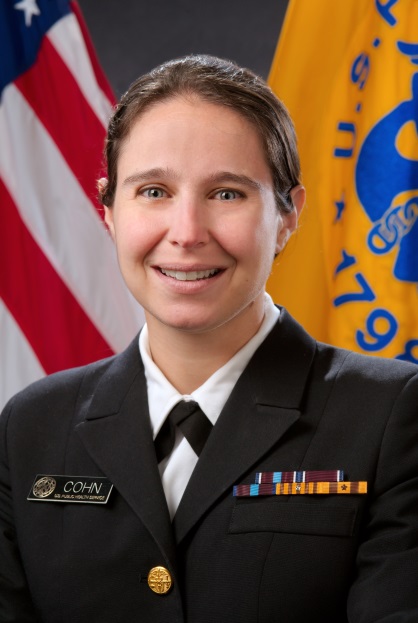Dr. Amanda Cohn is Deputy Director of the Immunization Services Division at the Centers for Disease Control and Prevention (CDC), National Center for Immunization and Respiratory Diseases.
National Infant Immunization Week is April 18 - 25, 2015.
Vaccines have greatly reduced infectious diseases that once routinely killed or harmed many infants, children, and adults in the United States. However, the viruses and bacteria that cause vaccine-preventable diseases still exist and can be passed on to people who are not protected by vaccines. There are also vaccines that were more recently developed that can prevent serious diseases, but we need to increase use of these vaccines in order to have widespread protection.
Consider this:
- Before vaccines to protect against it were available, nearly all children developed pertussis (whooping cough). We have seen about an 80% reduction in cases since vaccination against pertussis began, but there are still large outbreaks of the disease across the U.S. - with cases reported in every state and at an epidemic level in California last year. In 2014, over 30,000 cases of pertussis were reported, and many more go unreported. Infants are at increased risk of severe illness and death from pertussis but too young to be vaccinated, which is why it’s critical for pregnant women to get Tdap vaccine during every pregnancy.
- Before the U.S. measles vaccination program started in 1963, about 3–4 million people in the United States got measles each year. In 2000, measles was declared eliminated in the United States thanks to a highly effective vaccination program. However, measles is still commonly transmitted (endemic or large outbreaks) in many parts of the world, and cases continue to be brought into the United States by people who get infected while in other countries. In 2014, 644 people from 27 states in the U.S. were reported as having measles. This is the greatest number of measles cases reported in the U.S. since measles was declared eliminated. This year, from January 1 to March 20, 2015, 178 people in the United States have been reported as having measles, measles is a very contagious disease. We must have high measles vaccine coverage and rapid public health responses to prevent and control measles cases and outbreaks.
- HPV vaccine protects against infection with the most common types of human papillomavirus (HPV). About 79 million people in the U.S. (most in their late teens and early 20s) are currently infected with HPV. Persistent HPV infections cause about 27,000 cancers each year, including cervical, vaginal, and vulvar cancer in women, penile cancer in men, as well as anal and mouth/throat (oropharyngeal) cancer in both men and women. HPV vaccine is recommended for boys and girls starting at 11 and 12 years old to prevent infection with the types of HPV that most commonly cause cancer. In 2013, only 57% of adolescent girls and 37% of adolescent boys had started the HPV vaccine series; however 86% of adolescents received Tdap vaccine, indicating many girls and boys had missed the opportunity to receive HPV vaccine when they received other adolescent vaccines. Every visit to a healthcare provider should be used as an opportunity to review adolescents’ immunization histories and ensure every preteen and teen is fully vaccinated.
- Shingles vaccine can reduce the risk of shingles and the severe nerve pain it can cause. An estimated 1 million people in the U.S. get shingles each year. About half of all cases occur in people 60 years or older, which is why CDC recommends all adults in that age group to get the shingles vaccine. In 2013, only 24% of people 60 years or older received the vaccine.
As we celebrate National Infant Immunization Week (NIIW), I urge you to remind your loved ones, colleagues, patients, and communities about the importance of immunization in protecting personal and public health. Review the NIIW website for promotional resources you can use to spread the word and encourage infant vaccination.
Every year, CDC and other medical experts update vaccine recommendations for infants, children, and adults based on the latest research and science on vaccine safety, effectiveness, and patterns of vaccine-preventable diseases. For the latest immunization schedules and more information on vaccines, visit: CDC Vaccines and Immunization.
* * *
The Public Health Foundation provides immunization resources through its Online Store, and online immunization courses through TRAIN, the premier learning management network for professionals who protect the public's health.